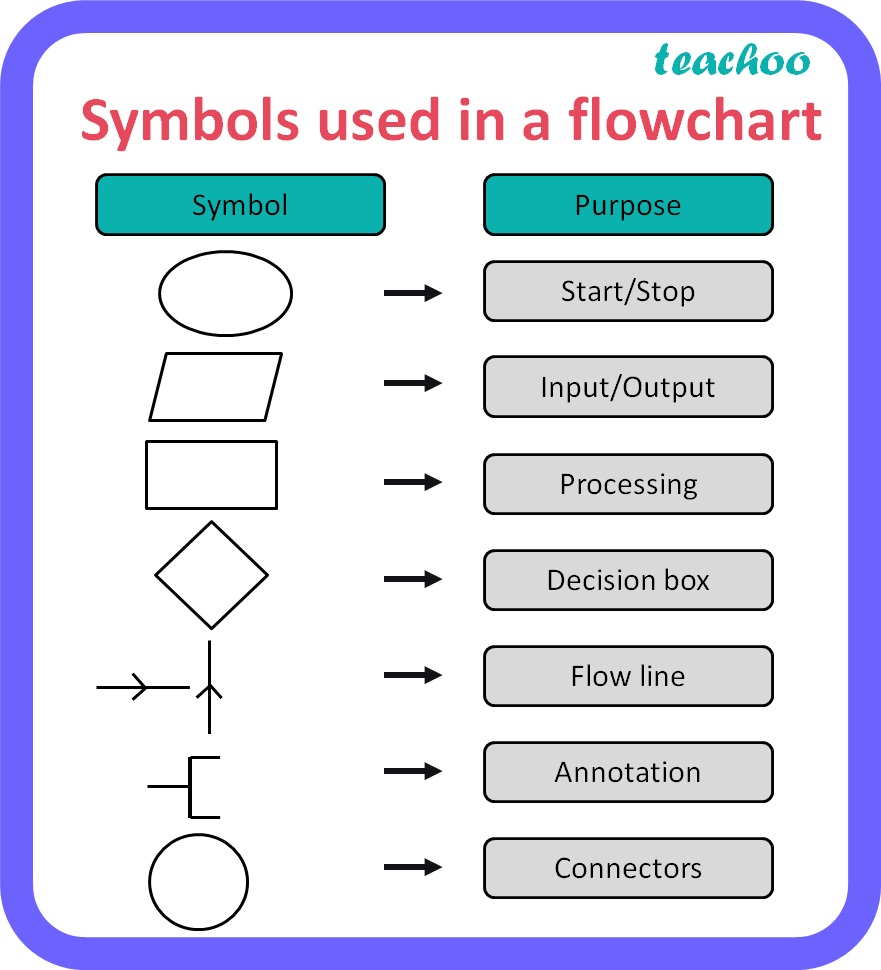Algorithm: Definition and Overview
An algorithm is a set of instructions or steps that provide an efficient way to solve a problem, complete a task, or achieve a desired outcome. Algorithms are used in computer programming and software engineering to process data efficiently and effectively. They are also used in mathematics, statistics, artificial intelligence (AI), machine learning (ML), operations research (OR) and other fields related to computing.
The term “algorithm” was first coined by the 9th-century Persian mathematician Muhammad ibn Musa al-Khwarizmi during his work on algebraic equations. The word itself derives from the Latin translation of his name—algorismus—which means “the science of numbers” or “numerical calculation”. Since then, algorithms have evolved significantly as technology has advanced allowing for more complex calculations to be made using computers rather than pen and paper.
Types of Algorithms
A wide variety of algorithms exist depending on the type of problem that needs solving; some examples include sorting algorithms such as bubble sort or quick sort which sort elements according to their specific characteristics; search algorithms like binary search which look for specific values within large collections; graph traversal algorithms such as depth-first search which traverse networks looking for paths between nodes; optimization problems such as linear programming which try to optimize outcomes based on given constraints; decision tree analysis models used in AI/machine learning applications where decisions made depend upon certain parameters being true or false; pathfinding solutions such as A* which find paths through mazes while avoiding obstacles etc…
Benefits & Applications
Algorithms offer numerous benefits over manual methods when it comes to time efficiency, accuracy, scalability etc… This makes them attractive not only within computer science but across many industries including finance where trading systems rely heavily on algorithmic trading strategies that can analyze market conditions rapidly before executing trades at speeds humans alone would struggle with; healthcare with its need for rapid diagnosis tools powered by AI/ML technologies capable of recognizing patterns associated with disease states faster than any human doctor could possibly do manually etc…
Conclusion
In summary an algorithm is simply defined as a set of instructions designed specifically to achieve an efficient solution for any given problem quickly and accurately without relying solely on manual labor. Its use varies greatly ranging from simple everyday tasks like searching through text documents all the way up into extremely complex problems involving artificial intelligence/machine learning techniques applied in various industries from finance all the way over into medicine making it one indispensable tool among many necessary ones still required today if we hope ever reach our goals when it comes achieving greater success across multiple disciplines!


